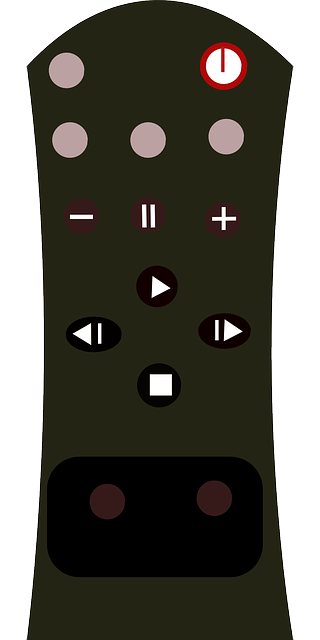Wildlife, particularly squirrels, rats, and mice, often invade homes near forests, indicated by night-time scratching noises on golden walls. Identifying sound patterns helps determine species for targeted, safe wildlife removal strategies using exclusion methods. Professionals inspect attics for access points like holes or cracks, sealing them with steel wool or mesh to prevent re-entry. Regular inspections, along with strategic sealing, barrier systems, and repellents, protect homes from persistent wildlife invasions, eliminating scratching sounds in golden walls.
Are you plagued by mysterious scratching noises echoing through your golden walls? Don’t worry, you’re not alone. Wildlife control is a growing concern for many homeowners, especially when it comes to attic invasions. This article unravels the mystery behind these sounds, offering practical guidance on wildlife exclusion strategies and preventive measures. Learn effective wildlife removal tactics tailored for attic access points, ensuring a safe, peaceful home environment.
- Understanding Wildlife Invasion: Identifying Scratching Sounds in Your Golden Walls
- The Art of Exclusion: Effective Wildlife Control Strategies for Attic Access Points
- Preventive Measures: Securing Your Home Against Future Invasions
Understanding Wildlife Invasion: Identifying Scratching Sounds in Your Golden Walls

Wildlife invasions can be a common problem, especially in areas where homes are nestled close to forests or other natural habitats. One of the first signs of an unwanted visitor is often scratching sounds echoing through your golden walls. These noises, typically heard at night, can be caused by various animals seeking shelter and food sources. Identifying the specific sound patterns can help you determine which wildlife species has made its way into your attic, aiding in effective wildlife removal strategies.
For instance, squirrels produce high-pitched scrabbling sounds as they navigate through insulation to build nests. Rats and mice, on the other hand, emit sharp clicks and squeaks when searching for entry points or running across wooden beams. Understanding these behaviors is crucial in devising exclusion methods that prevent re-entry while ensuring the safe release of the animals back into their natural habitats.
The Art of Exclusion: Effective Wildlife Control Strategies for Attic Access Points

The art of exclusion involves strategic planning and precise execution to ensure effective wildlife control. When it comes to attic animal exclusion, understanding access points is key. Wildlife removal specialists inspect the property for any signs of entry, from small holes in walls or vents to cracks around windows. Identifying these points allows for targeted sealing and closure, preventing future invasions. For instance, addressing scratching sounds in Golden walls can be a sign of squirrel intrusion. By locating and securing these entry points, professionals ensure the safety and comfort of homeowners, eliminating unwanted visitors.
Effective strategies may include sealing with materials like steel wool or mesh, filling gaps with appropriate filler, and installing one-way exclusion devices. These methods trap animals out while allowing them to escape on their own terms, minimizing stress for both the critters and the residents. Regular inspections post-exclusion are crucial to verify success and prevent re-entry, making attic animal control a nuanced and sophisticated process.
Preventive Measures: Securing Your Home Against Future Invasions

To prevent future wildlife invasions and scratching sounds in your home, especially those persistent golden wall markings, implementing robust protective measures is key. Start by conducting a thorough inspection to identify any potential entry points, such as cracks in foundations, gaps around pipes or cables, or damaged screens. Seal these openings with appropriate materials like caulk, steel wool, or mesh to deter animals from re-entering. Ensure your roof and gutters are in good condition, as animals often use them as pathways into attics. Regular maintenance and repairs can significantly reduce the risk of reinfestation.
Consider installing a physical barrier system, such as bird netting or wire mesh, to block access points and prevent wildlife from reaching vulnerable areas. For existing inhabitants, use ultrasonic devices or natural repellents like predator urine or decoy predators to discourage animals without causing harm. These preventive strategies, combined with regular professional inspections, will significantly enhance your home’s resilience against wildlife removal and scratching sounds in the future.
Wildlife control is an essential aspect of home maintenance, especially when it comes to preventing attic animal invasions. By understanding the signs, such as scratching sounds in your golden walls, and implementing effective exclusion strategies, you can effectively manage these situations. Regular inspections and securing access points are key to keeping your home free from unwanted visitors. Remember, prompt action on wildlife removal is crucial for maintaining a safe and comfortable living space.
